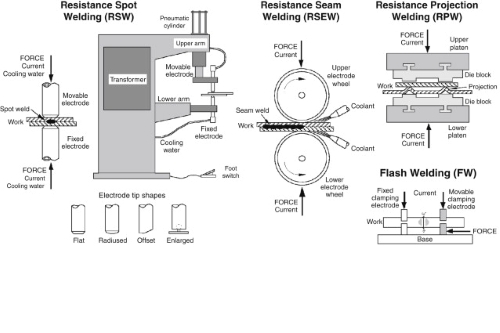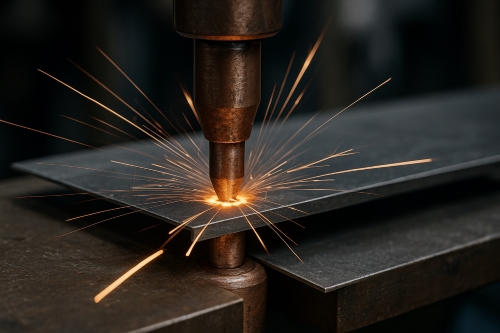What to Know about Compressive Strength of Advanced Ceramics
Introduction
Advanced ceramics are significant materials in various industries. They function under severe environments. Their high compressive strength makes them suitable for load-bearing applications.
Which Advanced Ceramics Possess the Greatest Compressive Strength
Zirconium dioxide (zirconia) is among the strongest. It withstands high compressive stresses effectively. Silicon nitride is another material valued for strength. It tends to exhibit compressive strength figures around two to three gigapascals. Alumina (aluminium oxide) also possesses high strength. It is prevalent in numerous industrial applications.
Other ceramics, such as boron carbide, are known for high compressive strength and extreme hardness. Each of these ceramics occupies a niche in systems where strength is a priority. They have been measured, tested, and utilised in various applications. Their performance remains consistent across different testing techniques and production methods.
Why Advanced Ceramics Are Superior in Compressive Strength
Advanced ceramics exhibit strength due to their unique structure. They possess a closely packed crystalline lattice. There is no dislocation motion as observed in metals, making them less prone to deformation. They are chemically resistant to corrosion and demonstrate high wear resistance. In summary, their internal bonding does not easily fail under stress.
Researchers have observed that ceramics can support loads significantly exceeding their weight. The grain size and purity also contribute to their performance. Most processing techniques result in fewer defects in the final product, which enhances reliability.
Another characteristic is heat resistance, as they possess high compressive strength even at elevated temperatures. Ceramic components are employed in engine parts and medical implants. Their ability to retain a hard and stable phase is crucial. Advances in compressive behaviour through contemporary developments in sintering and powder technology are ongoing. These developments demonstrate that ceramics are no longer the brittle materials of the past but are now durable components in modern design.
Applications of Ceramics with High Compressive Strength
The applications are extensive. In construction, ceramics serve as load-bearing supports and protective coatings. In turbine engines, advanced ceramics are utilised, functioning effectively under high pressure and temperature. In the automotive sector, ceramic components are incorporated into braking systems and engine parts. For instance, brake discs sometimes utilise ceramic composites due to their lightweight nature and strength.
In aerospace, these ceramics provide both weight reduction and increased strength, which contributes to fuel efficiency and overall performance. Cutting tools in various applications employ ceramics such as silicon nitride and boron carbide, maintaining their cutting edge under challenging machining conditions. Medical applications utilise high compressive strength ceramics in dental implants and bone replacements. Their high strength and inertness provide longevity and compatibility with human tissue.
In electronics, ceramics serve as insulators and substrates for circuits, critical for stable performance. Numerous industry case studies have used zirconia prosthetic components, which have performed well under repeated heavy loads. Consequently, everyday applications and high-end cases benefit from these advanced materials.
Summary Table of Properties
|
Ceramic Material |
Compressive Strength (Gigapascals) |
Hardness (Vickers) |
Density (g/cm³) |
|
Zirconium Dioxide |
2.0 - 2.5 |
1200 - 1400 |
5.8 - 6.1 |
|
Silicon Nitride |
2.0 - 3.0 |
1500 - 1700 |
3.1 - 3.3 |
|
Aluminium Oxide |
1.8 - 2.2 |
1500 - 2000 |
3.9 - 4.1 |
|
Boron Carbide |
3.0 - 4.0 |
2500 - 3000 |
2.5 - 2.6 |
The values in the table represent typical ranges. They may vary based on processing conditions and exact composition.
Conclusion
Advanced ceramics demonstrate high compressive strength. They are newly developed materials employing recent technology. Their ability to support loads cannot be equaled by numerous other materials, qualifying them for applications ranging from aerospace to everyday tools.
Frequently Asked Questions
F: What is the material of ceramic with the highest compressive strength?
Q: Boron Carbide exhibits some of the highest compressive strength values.
F: Can these ceramics be used at high temperatures?
Q: Yes, they maintain compressive strength even under high-temperature circumstances.
F: Are these ceramics employed in daily applications?
Q: Yes, they are prevalent in industries such as automotive, aerospace, and medical devices.

 Bars
Bars
 Beads & Spheres
Beads & Spheres
 Bolts & Nuts
Bolts & Nuts
 Crucibles
Crucibles
 Discs
Discs
 Fibers & Fabrics
Fibers & Fabrics
 Films
Films
 Flake
Flake
 Foams
Foams
 Foil
Foil
 Granules
Granules
 Honeycombs
Honeycombs
 Ink
Ink
 Laminate
Laminate
 Lumps
Lumps
 Meshes
Meshes
 Metallised Film
Metallised Film
 Plate
Plate
 Powders
Powders
 Rod
Rod
 Sheets
Sheets
 Single Crystals
Single Crystals
 Sputtering Target
Sputtering Target
 Tubes
Tubes
 Washer
Washer
 Wires
Wires
 Converters & Calculators
Converters & Calculators
 Write for Us
Write for Us
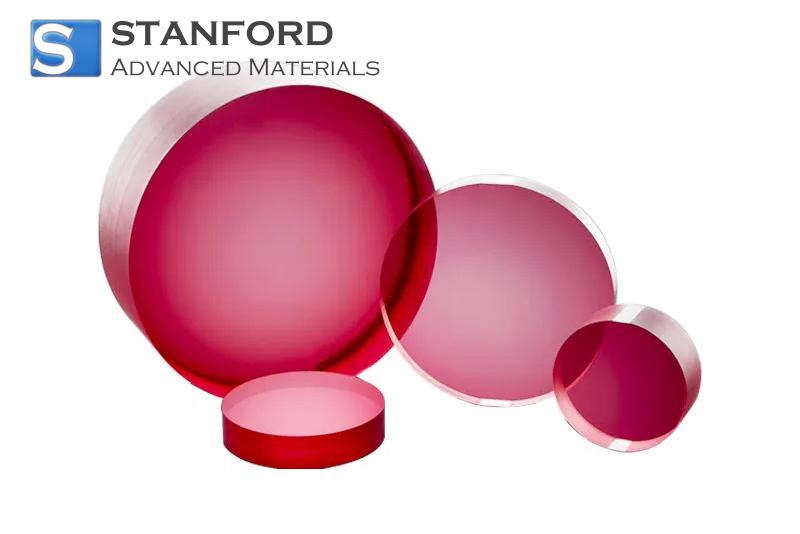
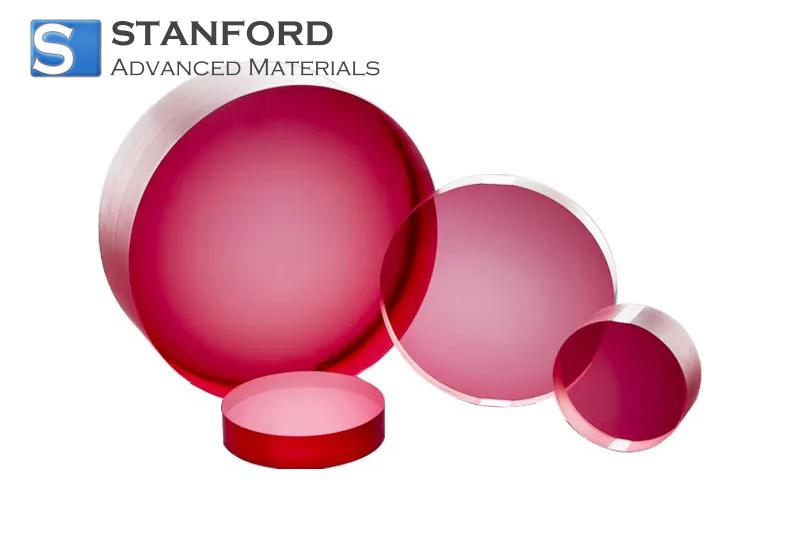
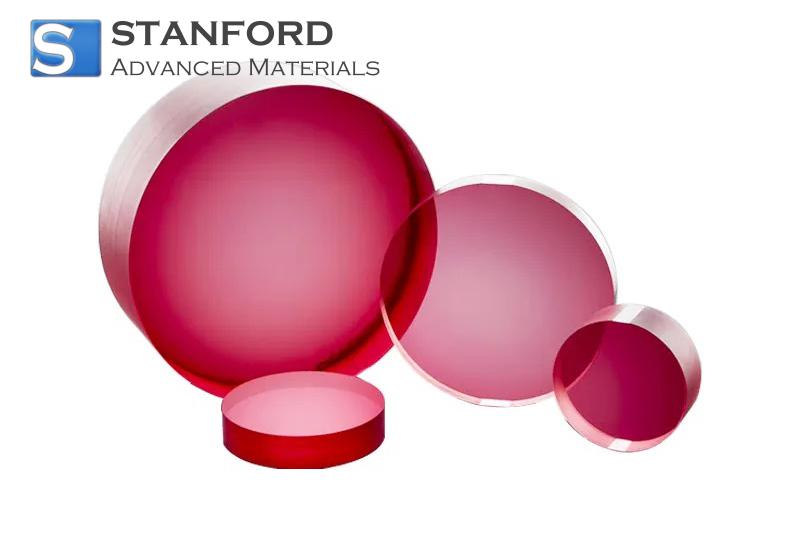
 Chin Trento
Chin Trento


